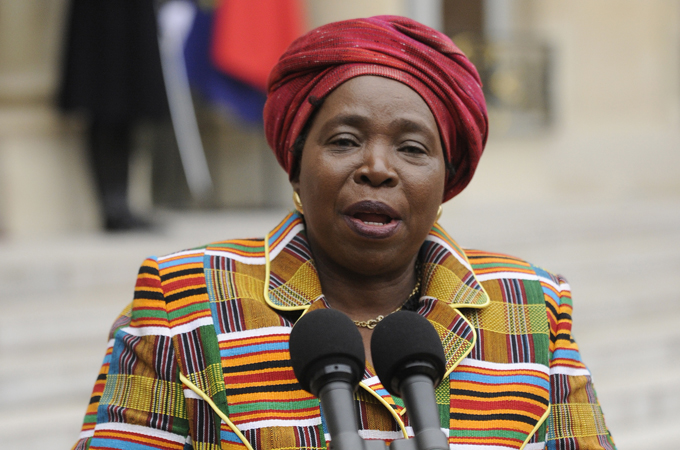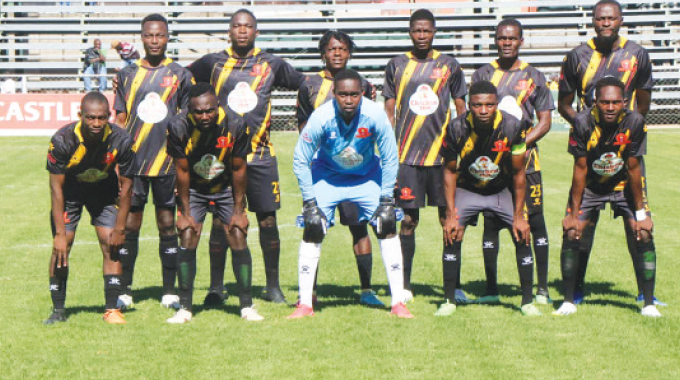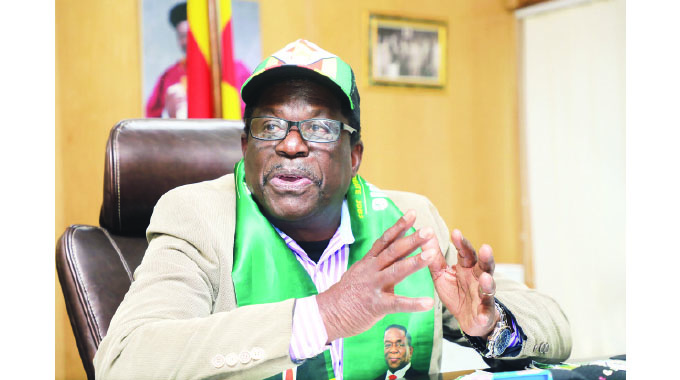Bulawayo dams hold 3-year supply: Council

Auxilia Katongomara/Loveness Bepete Chronicle Reporters
BULAWAYO dams have enough water to last the next three years providing relief to the city’s perennial water shortages.
The latest council minutes reveal that the city’s main supply dams have recorded an increase in the amount of water collected this year by 23,62 percent compared to the previous year.
The dams, which have a total capacity of 65,86 percent, are expected to supply the city with uninterrupted water for the next three years.
The amount of water in the dams as at end of October was at 65,86 percent compared to 42,24 percent during the same period last year.
Mtshabezi dam, which is 96,06 percent full, is expected to supply the city with water for the next six years. Insiza is 91,48 percent full, Inyakuni 28,80 percent, Lower Ncema 76,15 percent, Umzingwane 45,97 percent and Upper Ncema is 37,95 percent full. “By October 27, the amount of water in the dams was 65,86 percent of the overall storage capacity of the dams, with the total volume being 273,085,430 cubic metres, of which the usable volume was 256,500,322 cubic metres.
During the same period last year, the operational dams contained 175,128,213 cubic metres of water (42,24 percent, thus 23,62 percent less the current storage,” the council minutes read.
Council also revealed that the city will not face water shortages in the near future.
The city has, however, maintained its water rationing regime. Low density areas are still pegged at 350 litres per day, high density at 300 litres per day, residential flats with individual meters at 300 litres and cottages have an allocation of 200 litres per day.
Water shortages in Bulawayo have been attributed to increasing demand in the city.
Meanwhile, the city’s engineering department has revealed that it is grappling with burst water pipes and leaks.
Director of engineering services, Simela Dube, said the council was forced to use substandard material due to financial challenges. “There was a backlog in leaks repairs as staff had to use substandard material to repair the leaks. Council stores are lying idle as all the stocks have been consumed. The call centre has become dysfunctional due to lack of resources,” said Eng Dube.
He said burst pipes were accorded first priority over leaks. “All bursts and leaks recorded at the call centre were attended to on time if materials were readily available,” said Eng Dube.
He added that a total of 100 reports on burst pipes had been received in the month of October and had been promptly attended to.
Dube said the intensity of bursts had a direct relationship to the length of reticulation mains with Magwegwe reservoir area showing the most number of bursts.
“This could be attributed to the reservoir zone having the second longest length of reticulation mains as well as consisting of several suburbs which were very old, for example Njube and Magwegwe suburbs.”
Council further reported that workshops had received a total of 773 reports on water related jobs and attended to 613 leaks in October.
“The leaks occurred mainly on service lines and were due to the continued ageing of the city’s water reticulation pipes.
“On the service connections, just before the meter, most of the connections were in galvanized pipes which corroded quite easily.”
The local authority stated that to date, there were backlogs of 836 water related jobs and procurement of portable radios for all field staff was still in progress to further improve the system on feedback mechanisms.











Comments